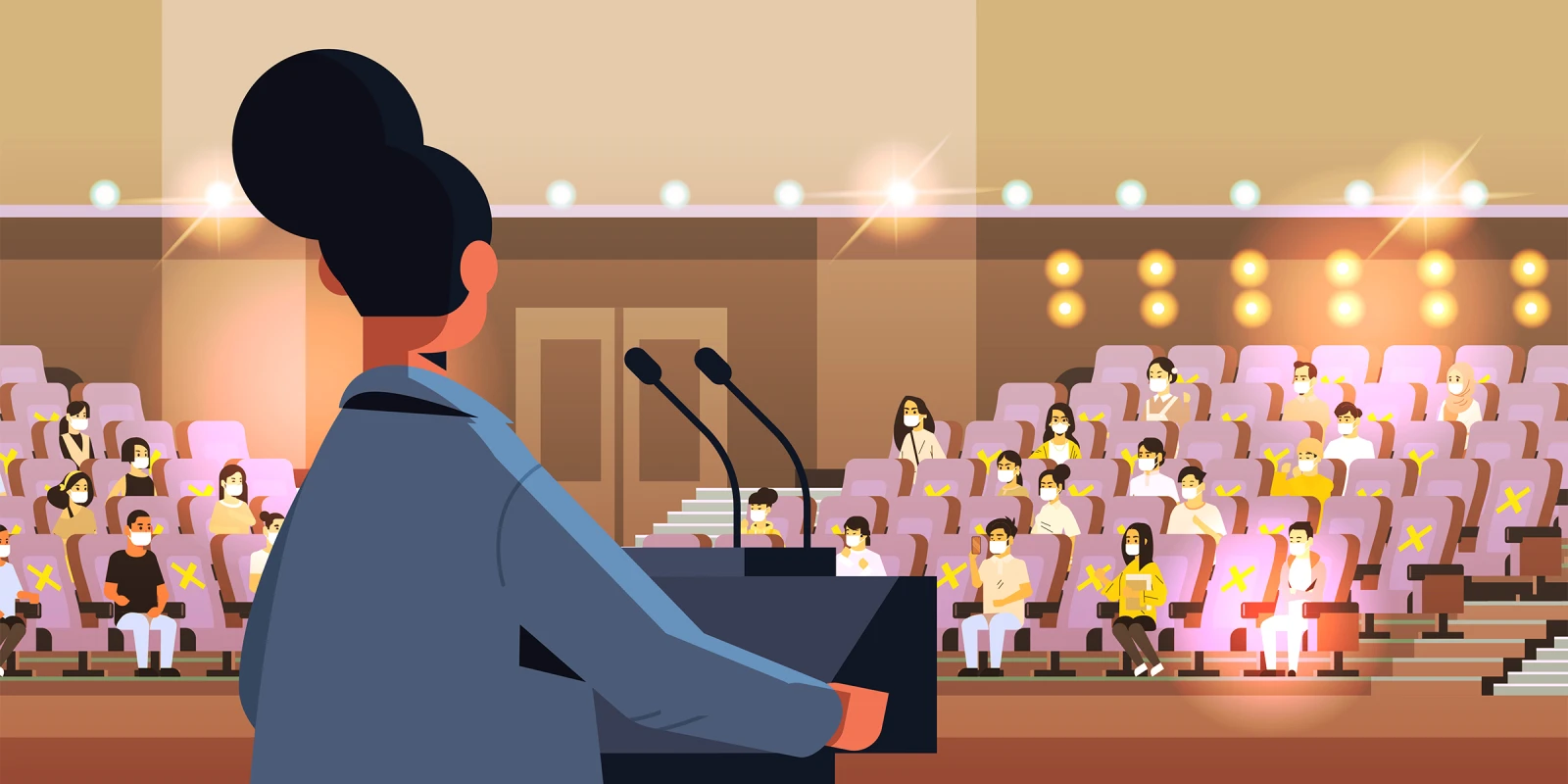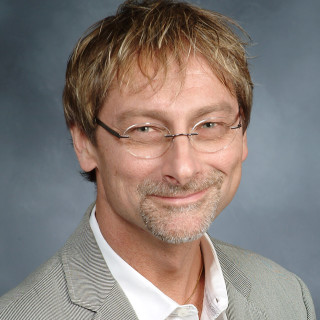Getting the opportunity to pen a short distillation of RSNA would seem to be a daunting task. It is usually larger-than-life. To the non-radiology crowd, perhaps the meeting is an unknown event. RSNA is one of the largest medical meetings in the world, typically populated by close to 50,000 doctors, technologists, radiology vendors, and sales staff and held within the cavernous spaces of the Chicago McCormick Place; the conference takes up every building and meeting space for educational content, displays, meetings, and just-milling-around space.
I am fortunate to have been invited often to speak, and I have attended without an interruption since my residency in the late ‘80s, broken only by the non-meeting in 2020 (a considerable loss of revenue for all involved? I imagine so). An in-person conference seemed to be an event that signaled the end of the pandemic and a return to normalcy. Dwindling case numbers, increasing vaccination numbers, and growing confidence that some form of an end was in sight drove my expectations of this meeting. I am not going to write that those hopes were dashed. However, there was an air of “could-have-been” with RSNA 2021. Pertinent numbers, the already released attendance figures for RSNA show about a 55% decrease in attendance. Not subtle. But not the end, by any means.
The flight was a typical pandemic adventure, wearing a mask and hoping that there weren’t any disruptive passengers. O’Hare was quite busy, much more so than expected. Cab lines were not too long, and I quickly made it to the hotel. Then, after a short unpack and stretch recovery period, off to McCormick. The RSNA had, in my opinion, performed the intake right. Be vaccinated or don’t come and wear a mask in the common areas. They made early use of commercially available software/ID services to confirm vaccination status and get people to the registration area.
What I saw on arrival confirmed my thought that this was a different RSNA. There were no crowds at registration, and I made it through in about three minutes. Then, I spent the next three days wandering through McCormick for everything I needed to see and participate in. There was a reduced number of RSNA faithful in attendance. The bridge from the North-South complex to the East building is a common contact site. It’s usually impossible to cross the bridge amid a sea of humanity and not run into six or more colleagues, previous acquaintances, or trainees and stop for a talk. This year, it was a sparse socially-distanced group and a significantly reduced human presence. It continued from there into all facets of the meeting.
The scientific and education sessions were thinned out and with significantly reduced attendance. I moderated a session with only three talks, a thin (but interested) crowd, and participated in an educational session with about 50% occupancy. CME hours were harder to come by and sessions were shorter and fewer in number. Allowances for the virtual attendees and virtual lecturers took time, and when virtual options failed, they failed big time, which occasionally defeated sessions. There is nothing worse than prepping the room for a talk, which instead were black screen time, intermittent absence of sound, or difficult to hear. Although there was great content, there was much less of it. The technological and vendor areas also decreased in scale and were not the crowded, bustling sites of previous years. The book sales area, which I often peruse for both educational material and the opportunity to meet friends, was quiet. What was hot? Artificial intelligence (AI), as always. New and improved MRI and CT technology seem to always be the item, but the overwhelming presence of AI makes it the 800-pound gorilla in the room.
Chicago was overall doing pretty well. The city hosted a great restaurant and shopping scene, and there was still live music and activity on the streets. Operating hours seemed shortened, but overall that segment of RSNA was fine.
Final observations? We’re not quite back yet, maybe next year. The so-called “hybrid” meetings, in my opinion, are ultimately going to be a bust. Record talks and let people view them at their leisure; that style of CME and getting your meeting shown works. If you try to make sessions and attendees share a schedule across the globe, you are fooling yourself. Even a local virtual attendee has to not be working to watch a live talk and ask questions. And if they want to see a few sessions, they might as well be at the meeting. RSNA is a phenomenal medical meeting and will be again, and I have confidence that the numbers will return. This year was a rough one, however.
Dr. Phillips is employed by WCMC/NewYork-Presbyterian Hospital.
Image by gmast3r / GettyImages






